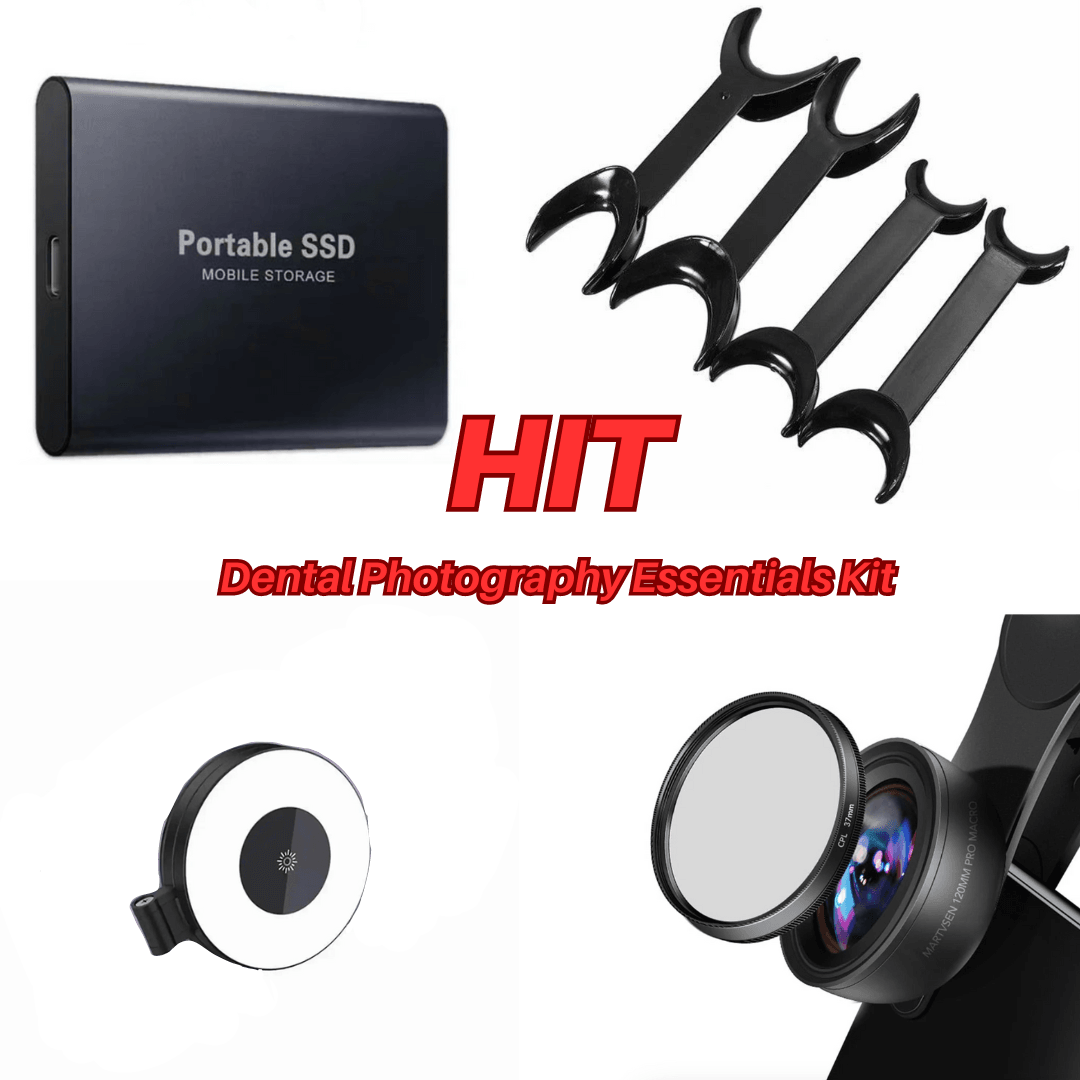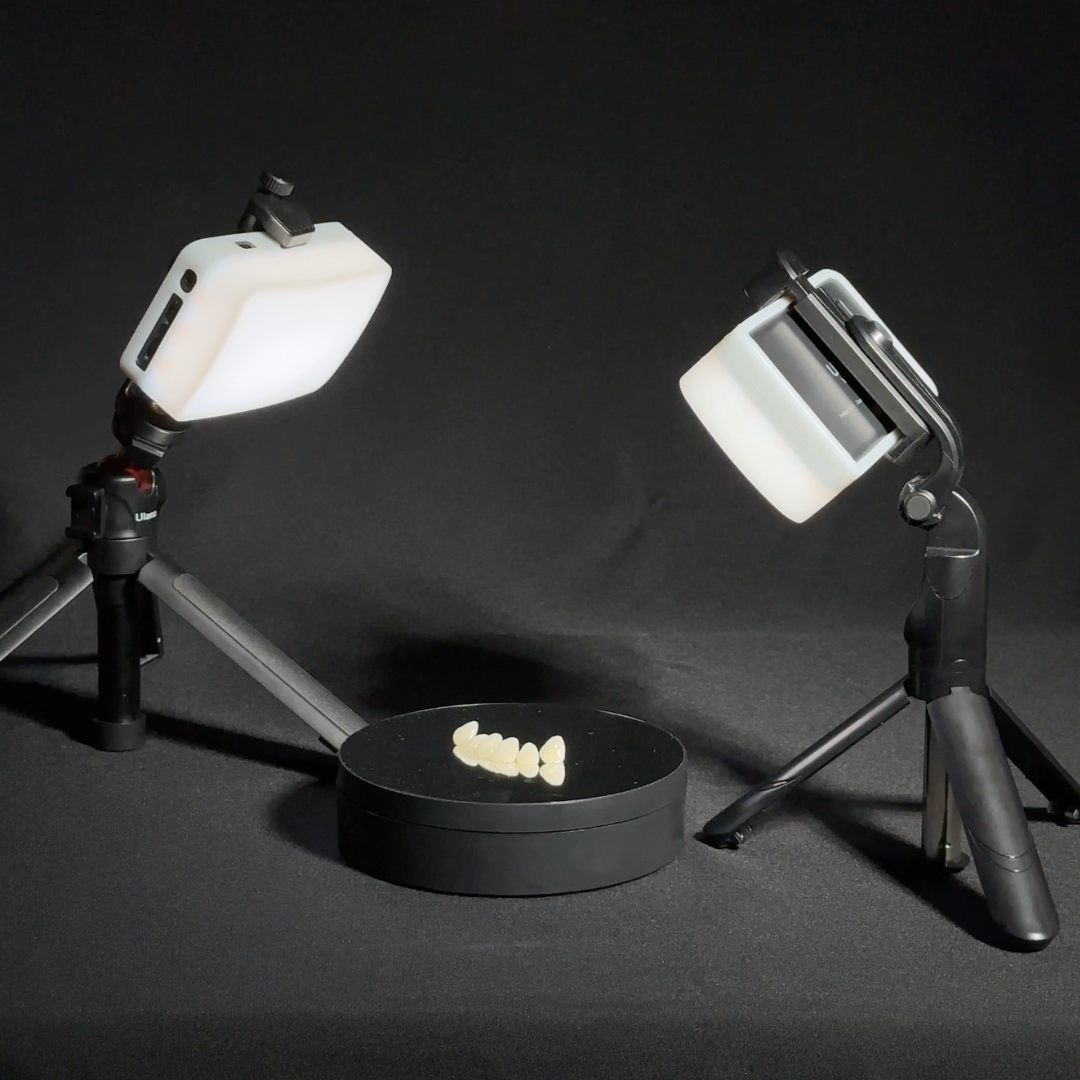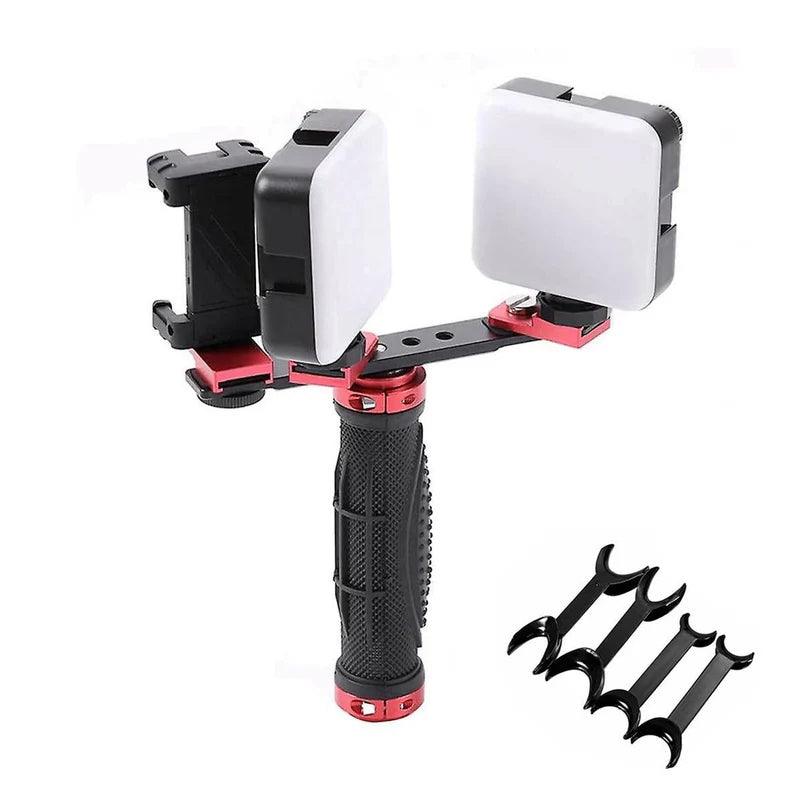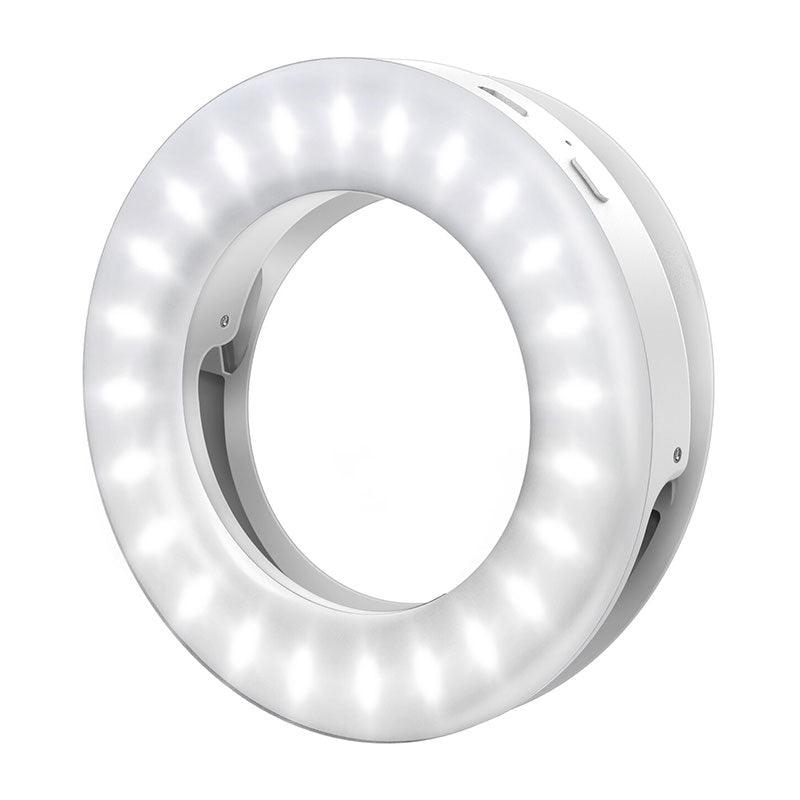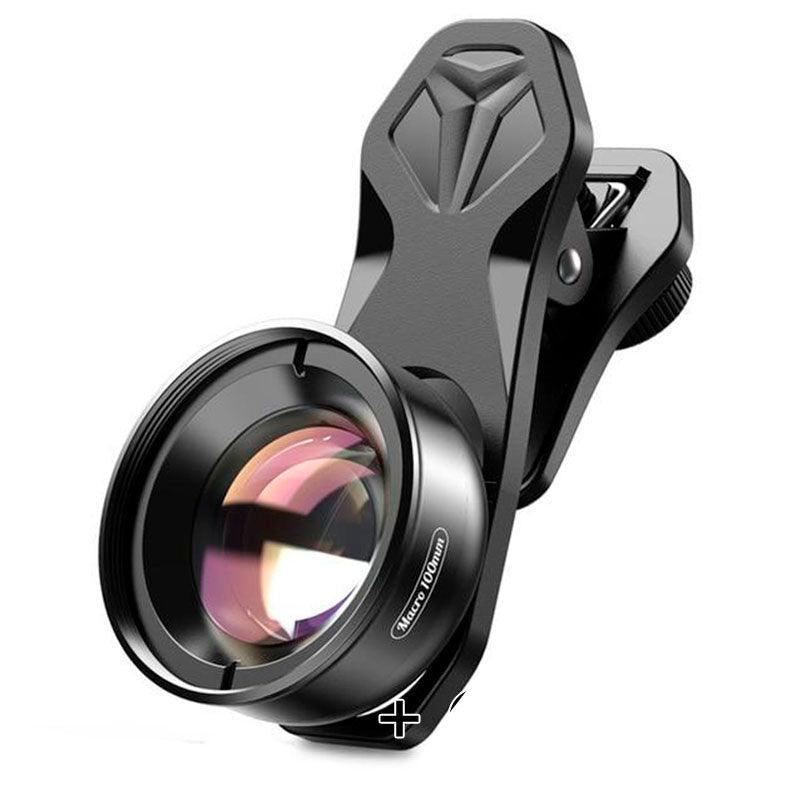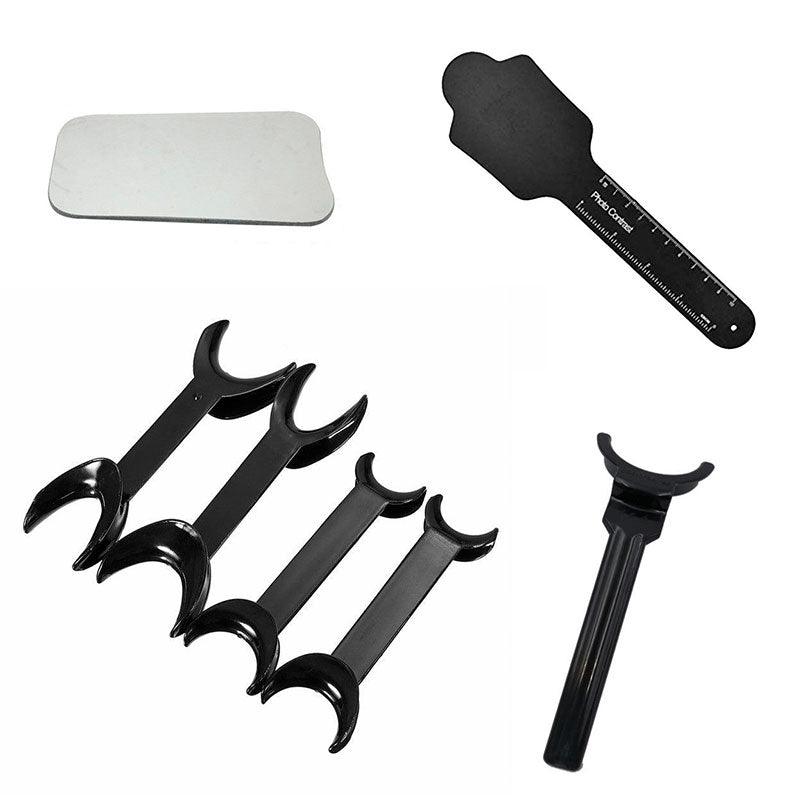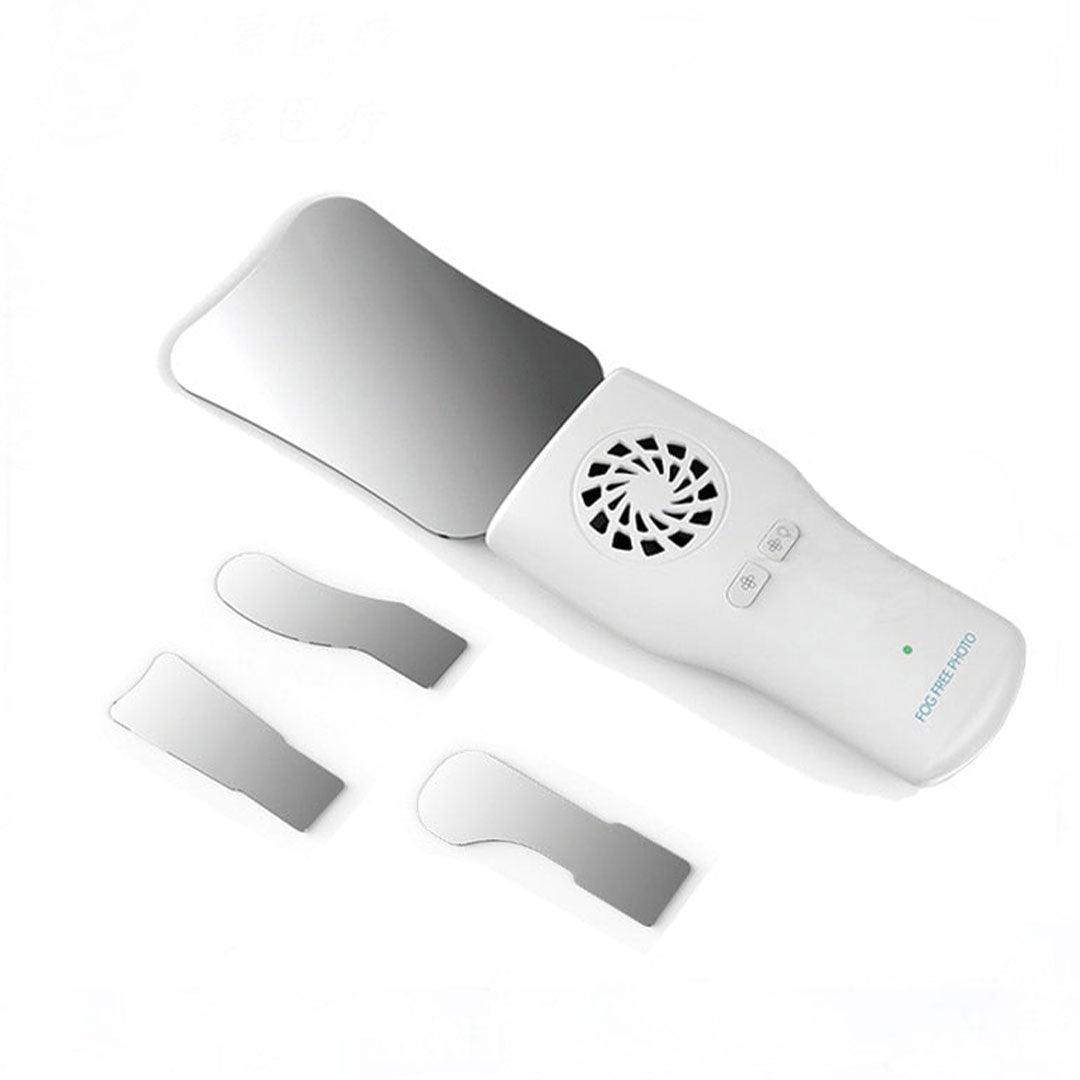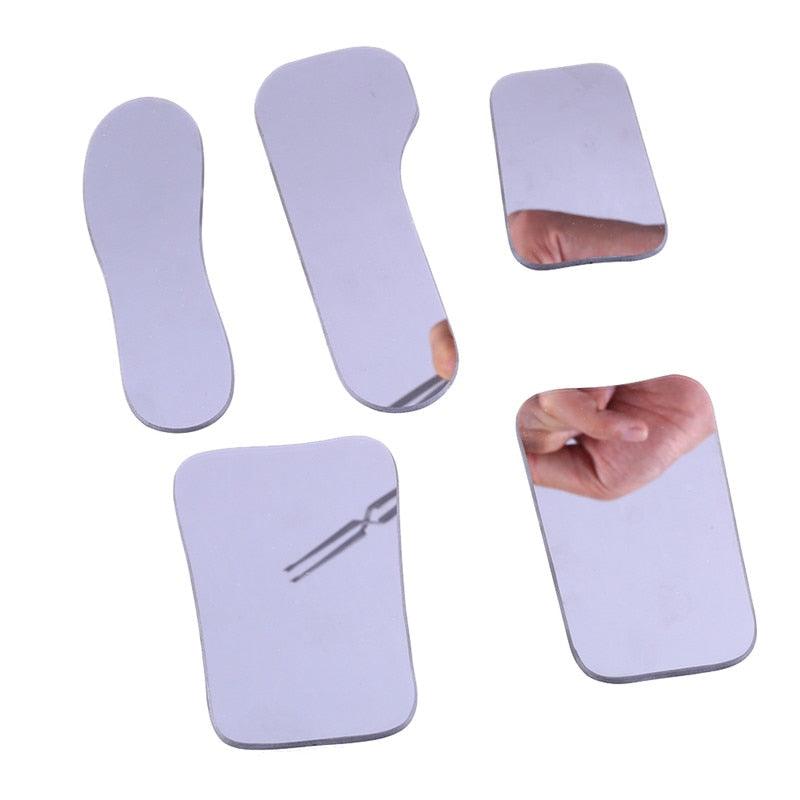Selecting the right equipment for dental photography is fundamental to producing high-quality images that aid in accurate diagnosis, treatment planning, and professional presentations. From cameras to flashes and lenses, every component plays a critical role in capturing the fine details of dental structures. Here's a detailed guide to help you make informed decisions when choosing equipment for dental photography.
Selecting the Right Camera
For professional-grade dental photography, digital single-lens reflex (DSLR) or mirrorless cameras are recommended. These cameras offer flexibility, high resolution, and compatibility with essential accessories. Key features to prioritize include:
- Resolution: Choose a camera with at least 16 megapixels to ensure detailed and sharp images.
- RAW Format: Opt for cameras that allow shooting in RAW format for optimal post-processing flexibility.
- Compatibility: Ensure the camera supports external flashes and interchangeable lenses for enhanced functionality.
Recommended Camera Models:
- Nikon: D90, D7100, D3400
- Canon: 70D, 60D, EOS 600D
Choosing the Right Lens
The lens is arguably the most critical component for achieving the desired image quality. For dental photography, macro lenses are essential, offering precise focus for both close-ups and full-arch shots.
- Focal Length: A range of 50 mm to 105 mm is ideal for capturing both detailed intraoral and extraoral photographs.
- Macro Capabilities: Choose a lens with 1:1 magnification for sharp, detailed imagery.
-
Recommended Models:
- Nikon AF-S 105 mm f/2.8 VR Micro
- Canon EF 100mm f/2.8 Macro USM
- Canon EF 100mm f/2.8L Macro
Selecting the Right Flash
Lighting is a critical aspect of dental photography. Proper lighting ensures clarity, eliminates shadows, and enhances details. The two primary types of flashes for dental photography are:
-
Ring Flashes:
Mounted around the lens, ring flashes provide shadow-free, even lighting. They are perfect for intraoral shots and capturing fine details during surgical procedures.- Best for: Occlusal photos and full-arch documentation.
-
Twin Flashes:
Also known as dual flashes, twin flashes allow directional lighting. They are ideal for highlighting textures, reducing glare, and aesthetic documentation. Pairing these flashes with polarizing filters further enhances image clarity.- Best for: Aesthetic dentistry, texture highlighting, and color matching.
Recommended Brands:
- Yongnuo
- Godox
Essential Accessories for Dental Photography
Accessories can significantly enhance the quality and efficiency of your dental photography. Consider investing in the following:
- Tripod: Provides stability for precise framing and reduces the risk of blurring.
- Remote Shutter Release: Prevents camera shake, ensuring sharp images.
- Gray Cards: Used to calibrate white balance, ensuring accurate color reproduction.
- Mirrors and Retractors: Necessary for intraoral images, these tools allow clear visualization of teeth and soft tissues. Choose front-coated mirrors to prevent double imaging.
Additional Tools:
- Polarizing filters for reducing glare.
- Spare batteries and memory cards for uninterrupted sessions.
- Retractors and contrastors for clear visualization and aesthetic presentation.
Tips for Enhancing Your Dental Photography
- Tailor Equipment to Your Needs: Match your equipment to your practice focus. For example, aesthetic dentistry may require a full-frame camera with a high-quality macro lens, while general practices can benefit from APS-C cameras.
- Optimize Lighting: Invest in proper flash systems to capture sharp, shadow-free images.
- Leverage Post-Processing: Use software like Adobe Lightroom to fine-tune images, ensuring professional-grade results.
Conclusion
Investing in the right equipment for dental photography is an investment in the quality and professionalism of your practice. A high-quality camera, paired with the appropriate lens, flash, and accessories, can elevate your diagnostic capabilities, improve patient communication, and enhance your clinic's reputation. Explore the options, consult with experts, and choose tools that align with your goals to achieve outstanding results in your dental photography.



